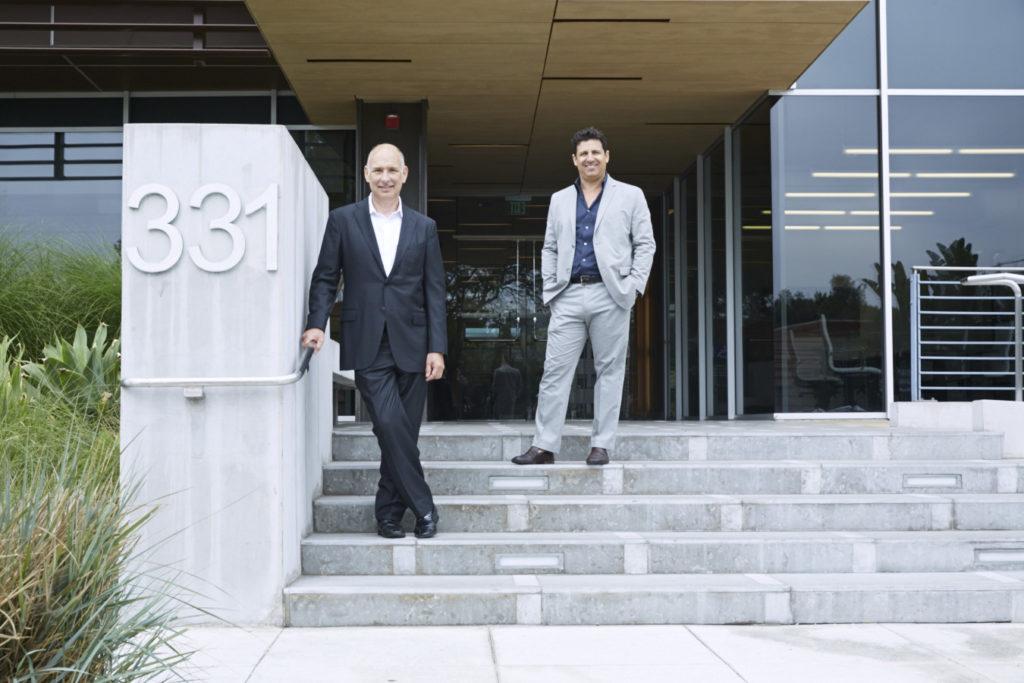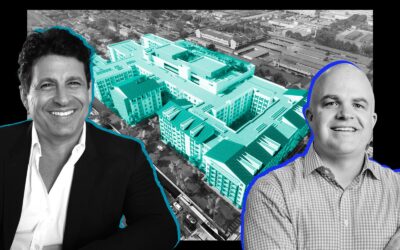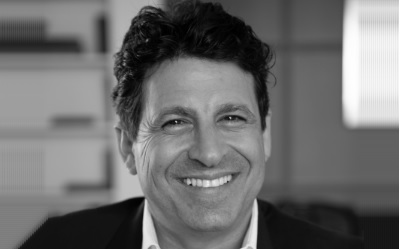
We had the privilege of sitting down with CGI co-founder, Adrian Goldstein, to discuss current real estate development market trends. With his trademark precision, Adrian answered the question heard most by people interested in the market: How can I succeed in this business in 2018? Here is the brilliant perspective Adrian graciously shared with us.
“We are still seeing a lot of capital chasing and few deals. The question is how does one find the valuable deals – that needle in the haystack where the deal beats the S&P by both getting yield and by adding value. Deals today must have both components. Investors and developers can’t have these huge expectations for huge profits because several years have passed since the last economic crash. Those trends usually disappear within the first three-to-five years after a crash. However, it is still very possible to build a real estate portfolio that offers several benefits, such as steady cash flow and tax advantaged investing, capital leverage, depreciation and more.
“Within the housing markets there are obviously different segments, which can be identified by asking these questions: What are retirees doing? What are young people doing? Who is moving to the city? Who is moving to the suburbs? What do they want? You can’t service everybody. You really have to niche down and provide the best service and product possible to meet or beat the market. At CGI, we are finding opportunity in full service lifestyle communities.
“One of the sectors we are looking at is urban, close to transportation and desirable sections of downtown neighborhoods. The trends are always changing and 20-30 years ago the trend was that tenants would take their refrigerator with them, like a mattress or sofa. Now refrigerators are part of the apartment. Similarly we are seeing today that young people are challenged with furniture and those big wall-mounted televisions. Usually furniture is purchased to fit a particular space and with they all want the biggest TVs, but then they need brackets and mounts and so on. So we have added these as amenities to our apartments. The people we cater to are young, often right out of college or in their 20’s and early 30’s. They aren’t really interested in owning a lot of furniture that they have to move from place to place. They prefer to stay in one place for a short time and then they want to move on.
“When I worked at IBM, I was looking for lifelong career. But now many people are making good livings freelancing or working remote. They have the ability to move and change locations at the drop of a hat. Sometimes they move from one neighborhood to another in the same city to get a different sense of the culture. Other times they move to an entirely new geographical location. What we sell is a brand, more than a furnished apartment, it’s a lifestyle residence. Our residents are free to enjoy living with us and then to move on elsewhere.
“So we provide a comfortable home that matches, even elevates, this lifestyle. Our properties have community spaces within the building where residents and friends can socialize with other people who share common goals and aspirations. They are able to collaborate and work together on common projects. The experience is similar to how they lived in college and many continue living this way until they meet someone. Then they often move out into the suburbs and start a family. And that’s another micro niche we could explore in another conversation.”

